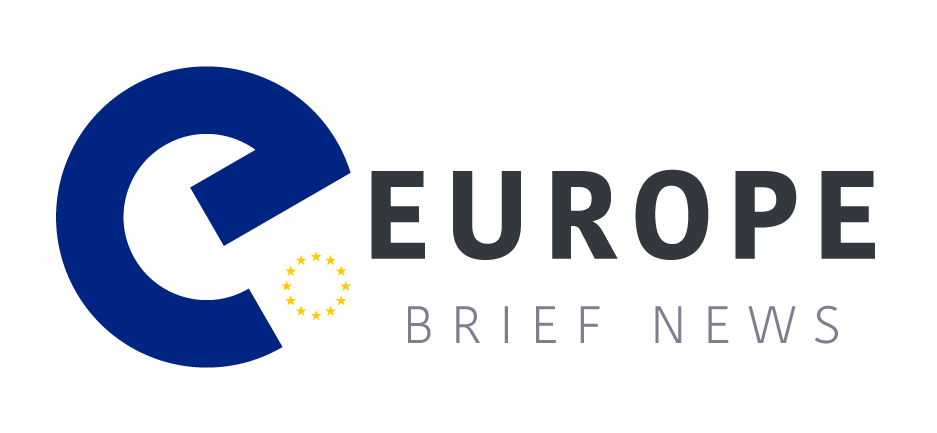
Issued on: 03/04/2020 – 11:33Modified: 03/04/2020 – 11:33
As she emerges from quarantine, recovered COVID-19 patient Diana Berrent is eager to join the battle against the pandemic and donate precious antibodies that researchers hope might help others.
Advertising
Read more
In mid-March, the New Yorker woke up with a 102-degree (39 Celsius) fever and intense chest heaviness, becoming one of the first from her Long Island neighborhood to test positive for coronavirus.
This week, Berrent was the first survivor in her state screened for antibodies — immune system-generated proteins that can ward off viruses — to contribute to initial tests seeking treatment for the infection that's left more than 51,000 people dead worldwide.
Convalescent plasma, the fluid in blood teeming with antibodies post-illness, has proven effective in small studies to treat infectious diseases including Ebola and SARS.
Now, the US Food and Drug Administration has greenlit physicians to experiment with the strategy as coronavirus patients fill hospitals and the nation's positive caseload spikes to over 236,000.
Bruce Sachias, chief medical officer of the New York Blood Center — which will collect, test and distribute donations in the city — said while there is reason to believe plasma transfusions can help alleviate the current crisis, tests underway are not intended to yield golden-ticket solutions.
"It's really important for us to be very cognizant of the fact that we're still in very new territory," he said.
Crisis mode
Eldad Hod and Steven Spitalnik — transfusion medicine doctors leading trials at Columbia University's Irving Medical Center — are cautiously optimistic but, like Sachias, emphasize the unknowns.
Spitalnik told AFP they believe "within seven to 14 days after the onset of an infection, that people will develop an immune response and eventually make high amounts of antibodies — although exactly when the peak of antibody production will be, we don't know."
He said some data suggests antibody production could peak around 28 days post-infection, and hopes the new research could provide a clearer picture.
Hod said each donation "can potentially save three to four lives."
The primary goal now is acquiring a significant plasma stock, so researchers can conduct formal studies with control groups who would receive non-convalescent plasma, and others the antibody-packed donations.
Initial plasma, however, will be distributed for "compassionate use," Hod said — to patients outside studies but for whom other strategies have failed.
They also aim to test treatments on already-hospitalized patients and as a preventative therapy in settings like nursing homes.
Spitalnik said that normally they would want "highly controlled" clinical trials, which take longer but are more definitive.
But "this is a crisis," he said.
"We understand and we are amenable to doing things that will take shorter amounts of time — but hopefully we'll yield at least some rigorous results."
Internal hazmat suit
Berrent is eager to open her personal blood bank and crossing her fingers in hope the process can prove life-saving.
"We can be superheroes," the 45-year-old photographer told AFP.
"These are unprecedented, frightening times where everything is beyond our control — except for we as survivors can help," Berrent said.
"We can be the ones running towards the fire in our own internally built hazmat suit. Read More – Source
[contf] [contfnew] 
france24
[contfnewc] [contfnewc]


